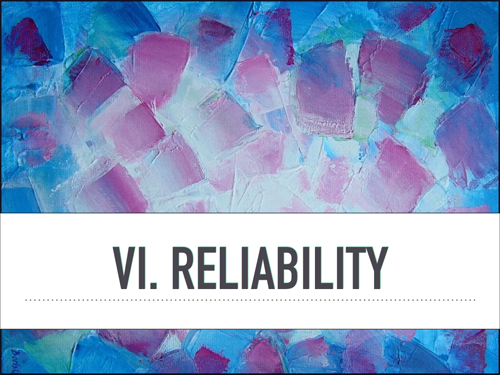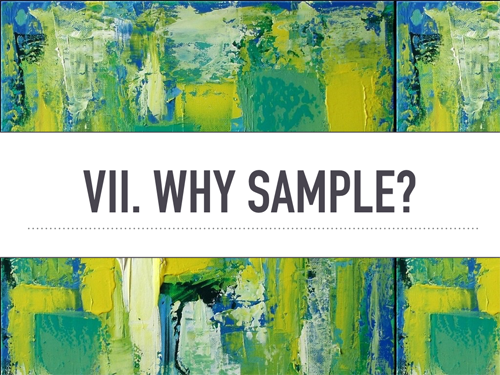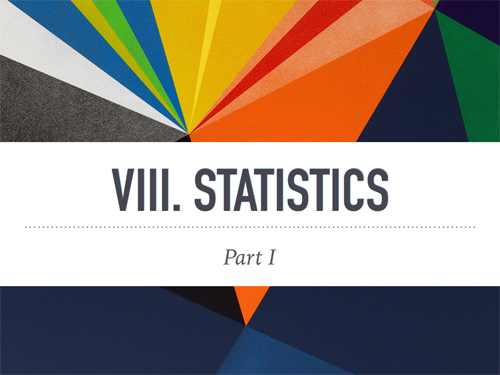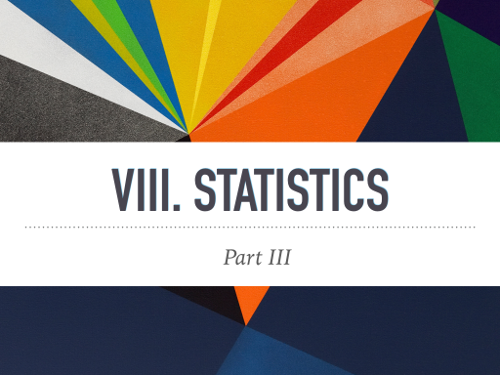
This online course is a brief introduction to the world of ethnography-based cross-cultural research. The course outlines the logic of cross-cultural research and various aspects of the research process from start to finish, including the steps involved in framing a research question, deriving hypotheses from theory, design of measures, coding procedures, sampling, reliability, and the use of statistics to analyze results.
This eight part course is informative, but it is meant to be a starting point. It does not stand alone as a gateway to carrying out rigorous cross-cultural research. If you want to learn how to conduct a high quality cross-cultural study, you will need a more in-depth presentation. I urge you to view this visual presentation in conjunction with the primer Cross-Cultural Research Methods that Melvin Ember and I wrote for this purpose (Carol R. Ember and Melvin Ember, Cross-Cultural Research Methods, 2nd edition, AltaMira/Rowman and Littlefield, 2009). The primer contains more extensive discussion of the points outlined here. HRAF’s Basic Guide to Cross-Cultural Research also provides an overview of cross-cultural methods geared explicitly toward working with the HRAF Collection of Ethnography in paper, fiche, and online (eHRAF World Cultures).
While you learn about cross-cultural research, we recommend exploring published studies to get a practical sense of the range, variation, and methods seen in ethnography-based cross-cultural research. HRAF’s Explaining Human Culture is a searchable database summarizing more than 800 cross-cultural studies. It can help you locate research related to your interests, find hypotheses previously tested by others, and it tells you which hypotheses were supported and which were not.
Let me know if you find this online course overview useful.
Carol Ember
Acknowledgements
In preparing this online course am very gratified to have the help of Tahlisa Brougham, Christina Carolus, Megan Farrer and Amelia Piazza during their HRAF Internships in Honor of Melvin Ember. As interns, they participated in learning about cross-cultural research and helped me develop this presentation. Megan Farrer and Amelia Piazza helped me outline the course and suggested some text for the slides in the spring of 2015. In the summer and fall of 2015 Tahlisa Brougham and Christina Carolus suggested text changes and Christina composed the slides. So this project is truly a collaborative effort.
Terms of Use
The material in this course is intended for educational purposes only–either by individuals for personal use or for classroom use by instructors with appropriate attribution. For any commercial use or other uses please contact HRAF.(email: <hraf@yale.edu>).
Citation
Carol R. Ember. 2016. Introducing Cross-Cultural Research. Human Relations Area Files. <https://hraf.yale.edu/ccc>
Table of Contents
- Discusses the logic and assumptions behind cross-cultural research
- Outlines the process of assessing your research interests and crafting a research question
- Discusses the importance of theory and the derivation of hypotheses to test theories
- Outlines the design of appropriate and effective measures to test your ideas
- Discusses potential sources of error in research and strategies for minimizing error
- Covers the concept of reliability and strategies for dealing with coder differences
- Addresses the reasons for sampling, different sampling strategies, and focuses on sampling related to cross-cultural research
Statistical Methods in Cross-Cultural Research
The last chapter, divided into three parts, provides an introduction to descriptive and inferential statistics to help readers better understand how cross-cultural researchers evaluate hypotheses.
- Introduces descriptive statistics, focusing on central tendency and variability
- A general introduction to inferential statistics
- Discusses common statistical measures of association and differences between groups
© 2016 Human Relations Area Files, Inc.









